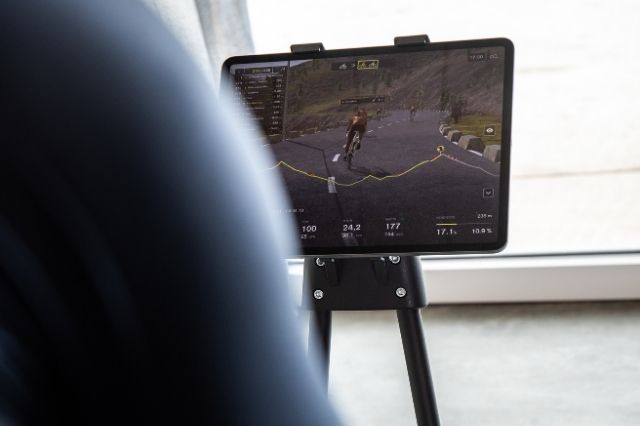The end of the Christmas festivities often leaves a mixture of fond memories and, sometimes, excesses that have an impact on our physical well-being. That’s why it’s essential to develop a definitive training plan to get back to peak condition. This article will guide you through a comprehensive process from physical assessment to incorporating long-term healthy habits.
Assess your fitness and set goals
Before starting any training plan, it is crucial to assess your current fitness level. This assessment includes understanding your fitness level, identifying potential areas for improvement and establishing a realistic starting point for your recovery process. Remember, honesty with yourself is the first step towards meaningful change.
Setting realistic goals is vital to any successful training plan. These goals should be specific, measurable, achievable, relevant and time-bound (SMART). By setting clear goals, you will stay focused and motivated along your journey to regain your fitness after the excesses of Christmas.
Nutrition: Tips for a balanced diet
Nutrition plays a crucial role in your recovery. A balanced diet rich in fruits, vegetables, lean protein and whole grains will provide you with the energy you need for your workouts and help repair and build muscle tissue. Avoid extreme diets; instead, aim for a balance that you can maintain over the long term.
A significant study in this area is “The impact of dietary protein supplementation on recovery from resistance exercise-induced muscle damage: A systematic review with meta-analysis“, published in the European Journal of Clinical Nutrition. This systematic review and meta-analysis examined how protein supplementation may influence recovery from resistance exercise-induced muscle damage. The results suggest that protein supplementation may be beneficial for muscle recovery, especially in exercises involving concentric and eccentric muscle contractions. This finding supports the idea that adequate protein intake is essential for muscle development and effective recovery after intense training.

Exercise routine for beginners
Cardiovascular exercise is essential for improving heart health and burning calories. If you are a beginner, start with low-intensity activities such as walking, swimming or cycling. Gradually increase the intensity and duration of your workouts as your fitness level improves.
Strength training not only improves your muscle tone, but also speeds up your metabolism, which is essential for getting back in shape after the excesses of Christmas. Include basic exercises such as squats, lunges, push-ups and deadlifts. Remember, technique is more important than the amount of weight you lift.
Flexibility is an often underestimated aspect of training plans. Incorporating yoga and stretching into your routine not only improves your range of motion, but also reduces the risk of injury and aids in muscle recovery. Dedicate at least two sessions a week to improving your flexibility.
Rest and recovery: Key components
Rest and recovery are essential aspects of any training plan, especially after the excesses of Christmas. Good rest prevents injury and ensures that your body repairs and strengthens itself effectively. Sleep plays a key role in this process; it is during the hours of deep sleep that the body performs most of its muscle repair and recovery processes.
Lack of restful sleep can result in decreased physical performance, slower recovery and increased risk of injury. In addition to sleep, active rest days are crucial. These can include low-intensity activities such as light walking or gentle yoga, which help keep the body moving and promote recovery without imposing additional stress. The combination of quality sleep and active rest is a comprehensive strategy to maximise recovery and optimise performance in your training plan to recover from the excesses of Christmas.

Maintaining motivation and focus
Maintaining motivation and focus is essential in any training plan, especially after the excesses of Christmas. To achieve this, set realistic goals and celebrate your achievements, however small. Constantly remind yourself why you started, keeping your health and fitness goals at the forefront.
Social support is vital, so share your goals with friends, family or a personal trainer. Vary your routines to maintain interest and challenge your body in new ways. Listen to your body and adjust your workouts as needed, and remember that flexibility in your approach will help you maintain motivation and focus over the long term.
Integrate training and evaluate progress
For your training plan to be sustainable, it needs to integrate naturally into your daily life. This could mean exercising first thing in the morning, on your lunch break or after work. Find the time that works best for your schedule and commit to it.
It is important to regularly assess your progress and make adjustments to your training plan as needed. This may involve increasing the intensity of your workouts, changing your routines or re-evaluating your goals. Remember, flexibility is key to a successful and sustainable plan.
One of the best ways to train is through cycling simulators like BKOOL.
BKOOL is the most complete cycling simulator on the market – try it FREE for 30 days!
 Go to BKOOL
Go to BKOOL





